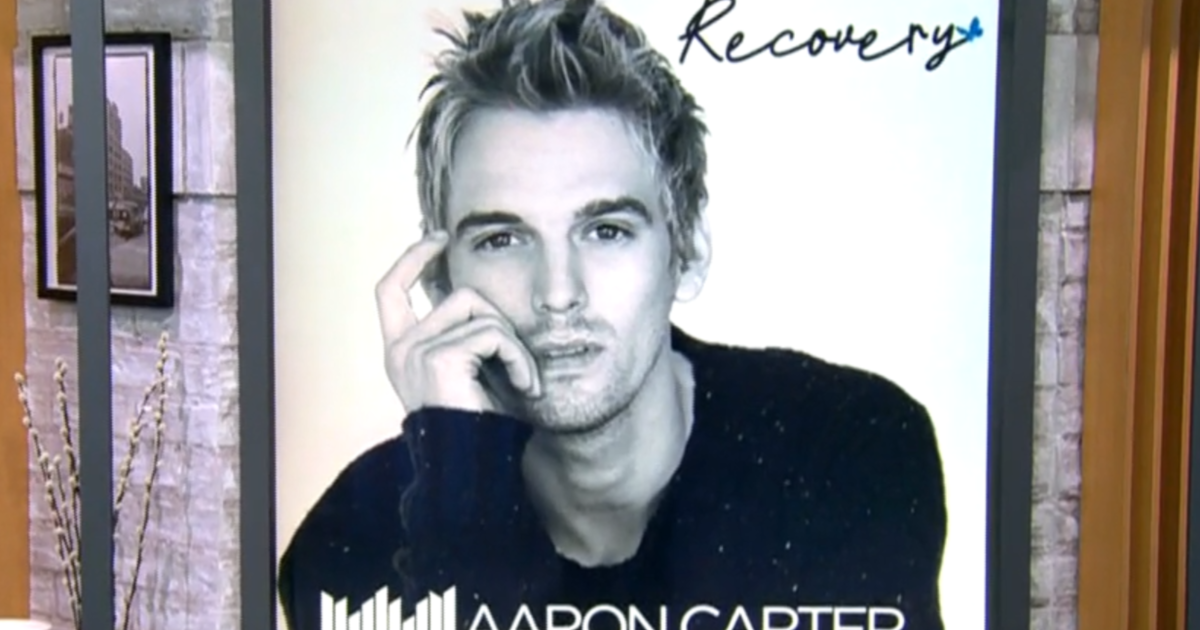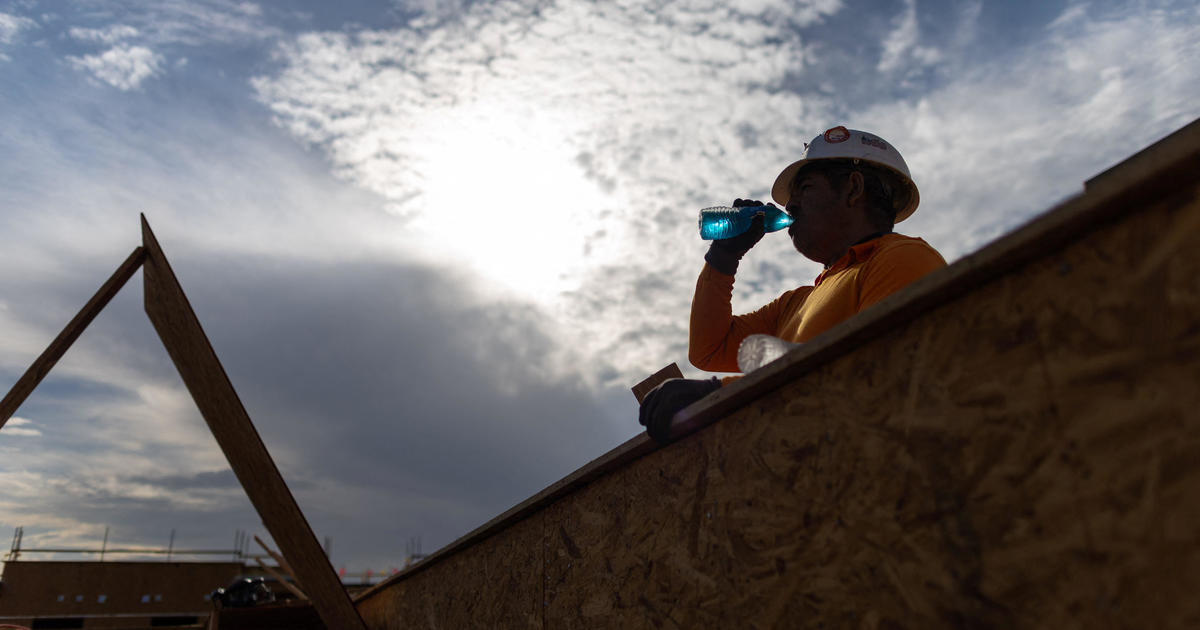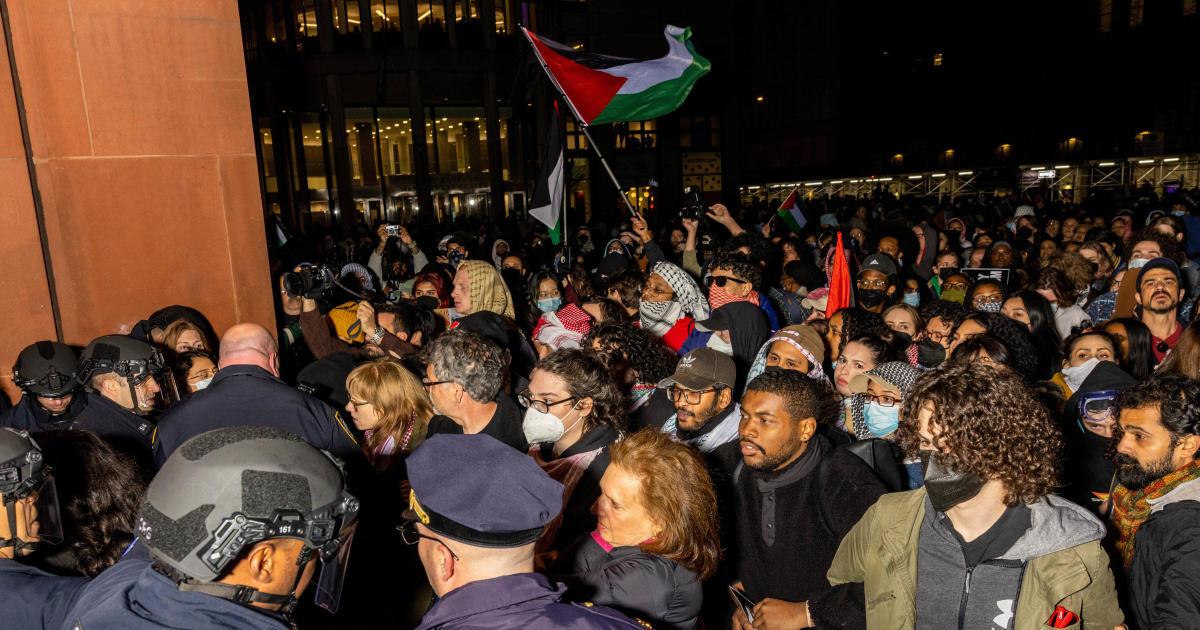Selena Gomez details struggles with bipolar disorder and psychosis in her 20s: "It started to get really dark"
Selena Gomez has been open about her physical and mental health journeys. And this week, she's opening up more than ever before, with a deep interview with Rolling Stone and the release of her new Apple TV+ documentary "Selena Gomez: My Mind and Me."
Ahead of Friday's release of her documentary, Rolling Stone published an interview with Gomez in which she details her mental health struggles in her 20s before she was diagnosed with bipolar disorder, which causes "dramatic shifts" in a person's mood, energy and thought processing, according to the National Alliance on Mental Illness.
"People with bipolar experience high and low moods—known as mania and depression—which differ from the typical ups-and-downs most people experience," the organization says.
"I'm going to be very open with everybody about this: I've been to four treatment centers," Gomez, 30, told Rolling Stone. "I think when I started hitting my early twenties is when it started to get really dark, when I started to feel like I was not in control of what I was feeling, whether that was really great or really bad."
Gomez, a former Disney star who has become a force in the entertainment and business worlds, went on to tell the magazine that her mania and depression spells would last weeks or months, with no particular triggers. During her highs, she thought she had to share her wealth with everyone she knew – at one point she was convinced she had to buy everyone a car. But then a switch would flip and she would get hit with depression and soon after, isolation.
"It just was me not being able to move from my bed. I didn't want anyone to talk to me. My friends would bring me food because they love me, but none of us knew what it was," she said. "Sometimes it was weeks I'd be in bed, to where even walking downstairs would get me out of breath."
She told Rolling Stone that for years, she contemplated suicide. She never attempted it.
"I thought the world would be better if I wasn't there," she said.
In 2018, when Gomez was in her mid-20s, she said she started to hear voices that eventually triggered psychosis. Gomez's memory of this time is scant, but told the magazine she ended up at a treatment facility for several months. Eventually, she said, she started slowly "walking out of psychosis" and was diagnosed with bipolar disorder.
But the diagnosis didn't put an immediate end to the struggle. The combination of medications she was on made her feel "that I was gone."
"There was no part of me that was there anymore," she said.
Eventually, her medications were sorted and she was able to begin healing. It took "a lot of hard work," she said, to accept her diagnosis and learn how to manage it.
This journey, as well as others, is documented in her newly released documentary "Selena Gomez: My Mind and Me." When Apple+ screened the film, Gomez refused to watch, but did pay attention to how the audience responded. It was clear it had an emotional impact.
"I was like, 'OK, if I can just do that for one person, imagine what it could do,'" she told Rolling Stone. "Eventually I just kind of went for it. I just said, 'Yes.'"
If you or someone you know is in emotional distress or suicidal crisis, call the National Suicide Prevention Hotline at 1-800-273-TALK (8255).
For more information about mental health care resources and support, The National Alliance on Mental Illness (NAMI) HelpLine can be reached Monday through Friday, 10 a.m.–6 p.m. ET, at 1-800-950-NAMI (6264) or email info@nami.org.




